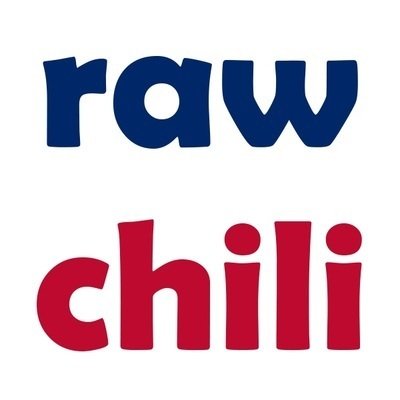The legal battle between the NFL’s Cleveland Browns and the city they call home has taken another turn. This time, it’s the city suing the team over their proposed move to a new stadium in the suburbs.
In a statement on the city’s website, officials say they are invoking the “Modell Law” to “ensure the Cleveland Browns continue to play downtown.”
The state law, named after late owner Art Modell, who moved the team to Baltimore in 1996, says that any team using a taxpayer-funded facility must either get city approval for relocation or provide a fair opportunity for others to buy the team.
The statement reads in part, “the statute ensures that team owners cannot ‘bilk the City and its taxpayers for millions, only to unilaterally abandon what the City provided to them.’”
In October, the Browns filed a lawsuit to get clarification on the law. At the time, Cleveland Mayor Justin Bibb said, “The Haslem Sports Group may want a roof over their heads, but it is my responsibility as the mayor of this great city to ensure Cleveland residents have a roof over theirs.“
That same month, Browns owners Jimmy and Dee Haslem announced plans to move into a $2.4 billion domed stadium in Brook Park, Ohio. The new stadium would be the center of a sports and entertainment complex built some 12 miles south of Cleveland. The Browns would relocate when their lease with the city’s downtown stadium expires in 2028. The Haslems argue, in part, that the “Modell Law” doesn’t apply to them because they’re staying in the same county.
The city responded by offering a $1.2 billion proposal to renovate the 25-year-old Huntington Bank Field. However, the Haslems rejected the offer. The owners said that without a dome, their “operational issues” would not be solved. They say they would be unable to host large-scale indoor events year-round. The NFL has backed the Haslems’ proposed stadium.
The “Modell Law” was used in 2019 to block an attempted move by Major League Soccer’s Columbus Crew. The Browns have played on the shores of Lake Erie since their inception in 1946.





















